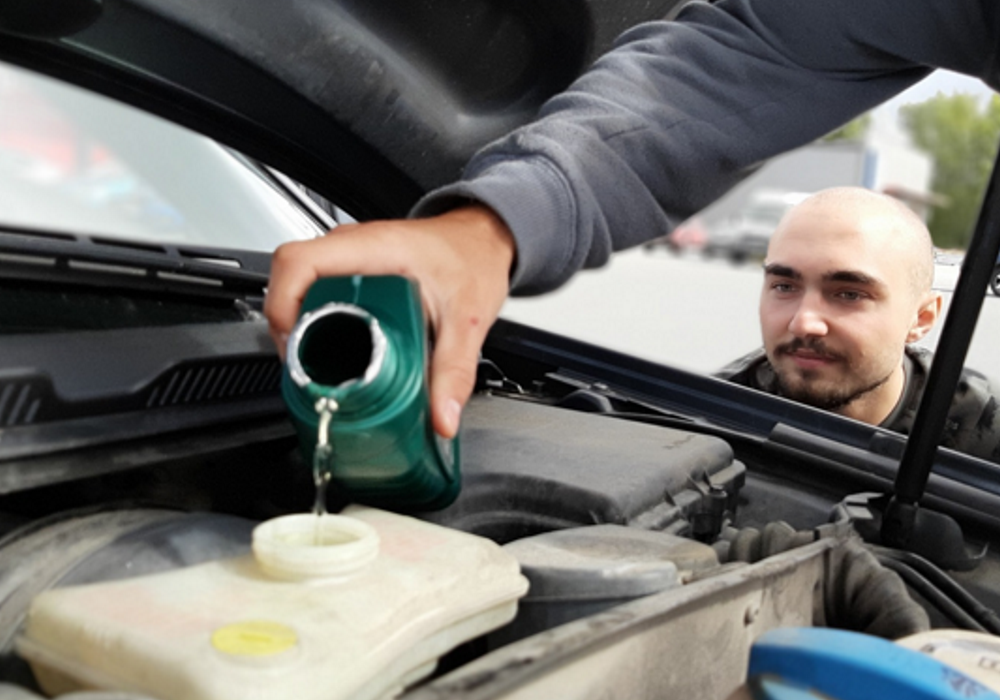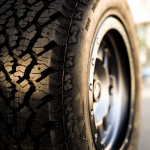
The brake fluid is a major component in a vehicle system. It’s the fluid, which regulates the vehicle’s braking system. A car needs the best brake fluid for its brake components to run properly without any mess.
The ideal brake fluid must add pressure to the brake components adequately. It should be made from quality glycol or silicon bases. They must also coat all moving vehicle parts and lubricate them completely.
How to Select Brake Fluid
Boiling point – Boiling point is an important factor in choosing brake fluid. A higher boiling point indicates that as production takes longer time. Gas is compressible and whenever present and abundant, makes a “soft” brake.
Compressibility – Silicone based fluid is more compressible than glycol based fluid. This difference is magnified at higher temperature. The fluid in the calipers and cylinders can get very hot and can become a source of concern.
Moisture Absorption – Choose brake fluid that has lower moisture absorption. Most glycol based brake fluids are hygroscopic so be sure to constantly check for moisture. Water concentration is a breeding ground for corrosion.
Viscosity – This is an essential factor to consider because it ensures safety. Viscosity directly influences the operation and behavior of the brake system and clutch.
Reserve Alkalinity – Reserve alkalinity keeps the brake system protected from corrosion. Fluid with lower reserve alkalinity needs to be changed periodically to avoid corrosion while those with higher levels can be used longer.
pH Values – This indicates the fluids high temperature stability and corrosion resistance. A higher pH value prevents corrosion for a longer time while reducing the fluids high temperature stability. The safest ph value range is 7 – 11.5.
1. Bosch ESI6 Brake Fluid
Bosch ESI6 brake fluid works for almost all modern vehicles. ESI has double the lifespan of DOT 3 fluids, while also outlasting most DOT 4 fluids. Bosch fluids are far superior to DOT 3 and DOT 4 products. Click HERE or on the image below to find out more.
2. Prestone AS401 DOT 3 Synthetic Brake Fluid (32oz.)

3. ATE 706202 Original TYP 200 DOT 4 Brake Fluid
This ATE brake fluid is made using a high performance formula that meets FMVSS 16-DOT4 and SAE J1703 standards. Its minimum dry boiling point is 536°F and minimum wet boiling point of 374°F. Click HERE or on the image below to find out more.
4. Motul RBF600 Synthetic DOT 4 Brake Fluid

5. Genuine Honda 08798-9008 Brake Fluid Dot 3
This is an OEM product, directly manufactured by Honda as a direct fit for all Honda models. This high quality brake fluid should be added according to vehicle manufacturer’s directions. Click HERE or on the image below to find out more.
6. Genuine Toyota Fluid 00475-1BF03 Brake Fluid

7. Pentosin 1204116 Super Dot 4 Brake Fluid
Pentosin created this brake fluid with corrosion-resistance and in accordance to the universal DOT 4 specifications. This is ideal for use in ABS brake systems. This has protection against vapor lock. Click HERE or on the image below to find out more.
8. MAG1 120 Premium DOT 3 Brake Fluid

9. Castrol SRF Brake Fluid

10. Lucas Oil 10826 Brake Fluid

Types of Brake Fluid
Brake fluid is an essential part of a hydraulic brake system. It is a type of a hydraulic liquid commonly found in automobiles. It also acts as lubricant for the rubber components and has corrosion inhibitors.
There are two types of brake fluid. One is glycol based which can be further subdivided by grade. It is used in vehicles with Anti Lock Brake System (ABS). While Silicone based are used in vehicles without ABS technology.
DOT 3 is glycol based. It has a minimum boiling point level of 401 degrees when dry and 284 degrees when wet. Although DOT 3 brake oil performs satisfactorily, many people prefer brake fluid with higher boiling points.
DOT 4 is also glycol based, with a minimum boiling point of 446 degrees when dry and 311 degrees when wet. The increased in the boiling point is caused by the addition of borate esters.
DOT 5.1 is developed to have a glycol based DOT 5 alternative. Thus, it has the same minimum boiling point as the DOT 5. It has lower viscosity levels than DOT 4 at 900mm2/s.
DOT 5 is silicone based and resists water absorption. This makes the boiling point remain relatively stable. It has a minimum boiling point of 500 degrees when dry and 356 degrees when wet.
Proper Brake Fluid Care
High moisture content is detrimental to the brake system. So always make sure to check for moisture contamination. Electronic testers that measure the moisture content are available commercially.
Check for fluid level. Leaks should be checked regularly to ensure constant level. A small drop could be topped off but constant dropping should be investigated for problems. Low brake fluid level leads to a lesser hydraulic pressure.
Regular brake fluid change is a must. Some experts say that you should change brake fluid after 1-2 years. Doing this ensures reliability and safety. Replace brake fluid whenever you encounter brake problems
Forgetting to change brake fluid is dangerous. It results in poor performance or on worse case scenario, brake failure and accidents. Schedule your fluid change with your car mechanic so you won’t forget it.
Do not mix brake fluids which have different ratings. They are not immiscible. Mixing glycol with silicone will result in corrosion. It will also attract more crud and eventually plug up metering orifices.
Keep the master cylinder tightly covered. Use the smallest possible can to avoid excess. Do not store excess brake fluid. Tightly cap the container after use.





